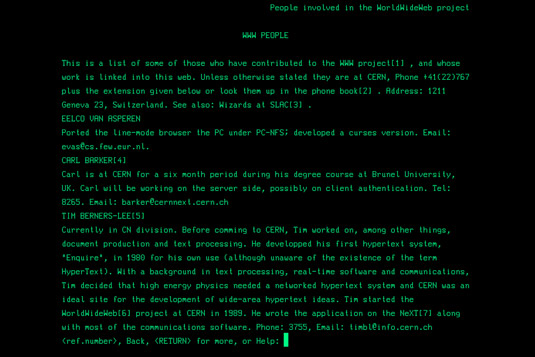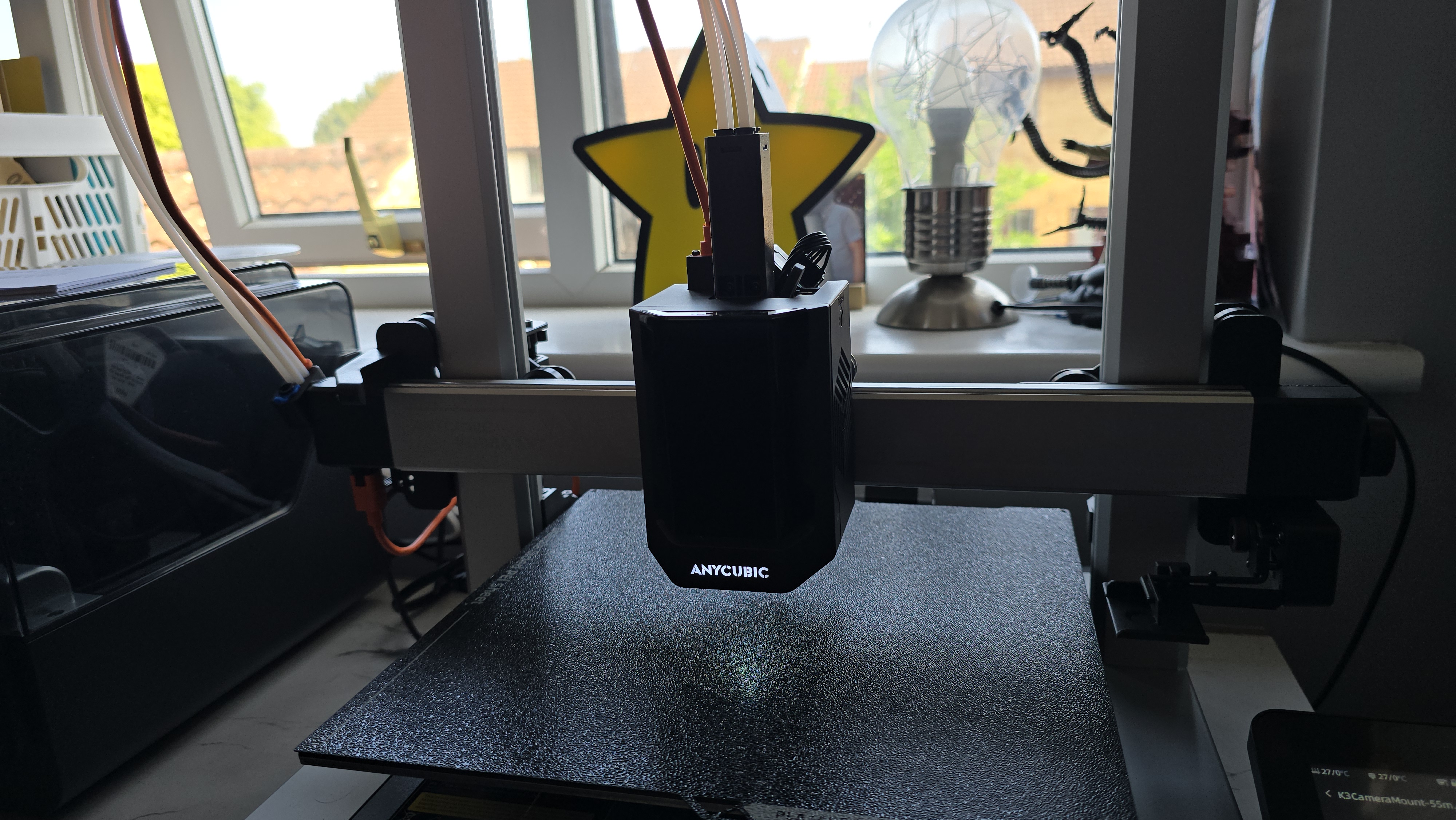Web developers rebuild 20-year-old browser
CERN launches a line-mode browser emulator, which offers the chance to surf like it's 1992.

Step back in time to the early days of the web with this project from scientific research centre CERN, in which a team of talented web developers have recreated a key piece of web history: the line-mode browser.
When Tim Berners-Lee created the world's first website in 1990 at CERN, the sophisticated browser he built was too advanced to be used on most computers owned by people at that time. So, Berners-Lee hired a student, Nicola Pellow, to develop a much simpler browser that could work with the most basic of terminals. The result was the line-mode browser.
Creating your own site? Get the best web hosting available.

Now, over 20-years later, in a fight to conserve CERN's digital history, a team of 12 web developers, including Mark Boulton, Dan Noyes and Jeremy Keith, have created a line-mode browser emulator. An authentic experience, there's no images, colours or clicking, just content revealed by a character-sized rectangle covering the page, line-by-line.
We have to work hard at digital preservation
"I think people sometimes take the web for granted," says Keith. "We can be pretty blasé about stuff disappearing online. But restoring the line-mode browser is a way of calling out the fact that the first web page still exists and is still at the first URL, and that that is a cause for celebration. We have to work hard at digital preservation."
The line-mode browser emulator is available here.
Liked this? Read these!
- Our favourite web fonts - and they don't cost a penny
- Check out these top examples of JavaScript
- Pro tips for the perfect website layout
Daily design news, reviews, how-tos and more, as picked by the editors.

The Creative Bloq team is made up of a group of art and design enthusiasts, and has changed and evolved since Creative Bloq began back in 2012. The current website team consists of eight full-time members of staff: Editor Georgia Coggan, Deputy Editor Rosie Hilder, Ecommerce Editor Beren Neale, Senior News Editor Daniel Piper, Editor, Digital Art and 3D Ian Dean, Tech Reviews Editor Erlingur Einarsson, Ecommerce Writer Beth Nicholls and Staff Writer Natalie Fear, as well as a roster of freelancers from around the world. The ImagineFX magazine team also pitch in, ensuring that content from leading digital art publication ImagineFX is represented on Creative Bloq.
